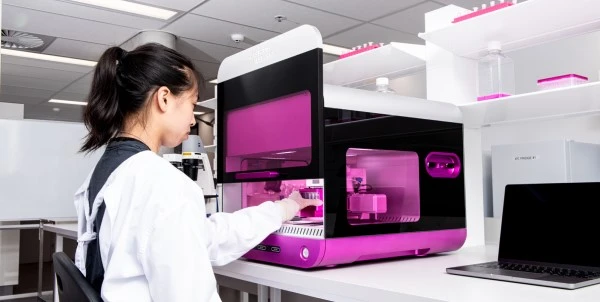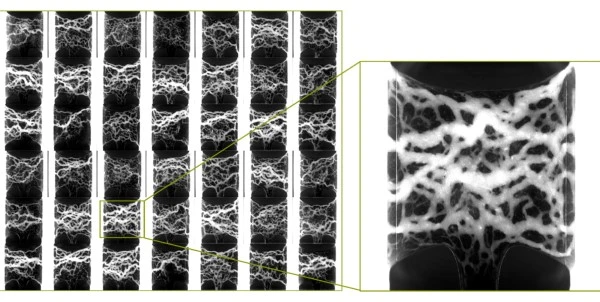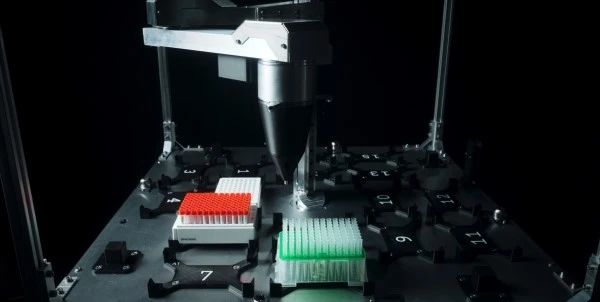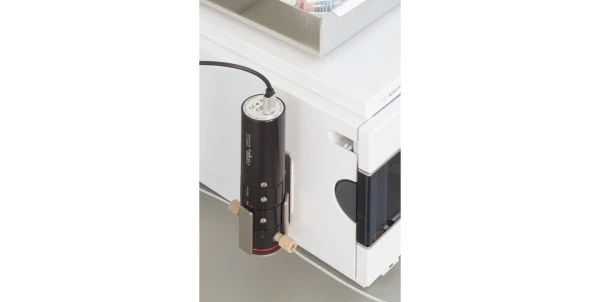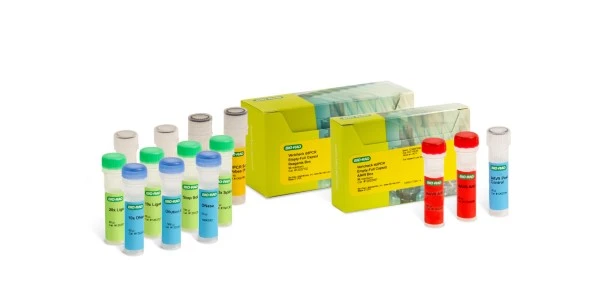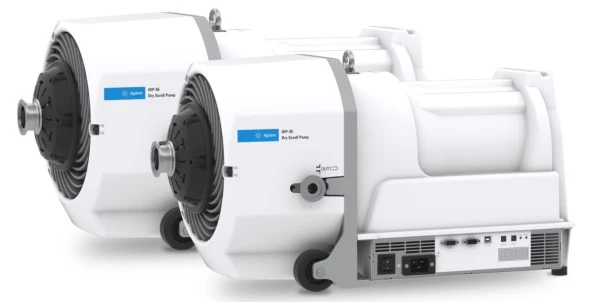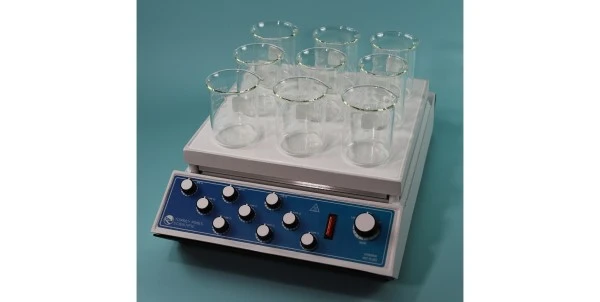
Cleaning Tips for a Rotary Evaporator
Preparing to clean your rotary evaporator
-
Ventilate the evaporator
-
Let the glassware cool adequately before cleaning
-
Remove any coolant in the condenser and let it come to room temperature
Use a soft, damp cloth with a mild soap
Use a soft, damp cloth to clean your rotovap. Be careful, though, to make sure it isn’t wet. Too much water can get into the device and cause electrical issues.
Don’t use chemicals to clean your evaporator
Never use bleach, ammonia, solvents, abrasive cleansers, or abrasive cleaning tools. All of these materials can damage the surface of the rotovap. Anytime a surface is scratched, it also creates uneven surfaces that make it impossible to clean in the future, creating contamination hazards. Never use flammable cleaning agents.
If a damp cloth isn’t sufficient, a mild soap solution can be used with the damp cloth to clean the evaporator.
Disconnect the power cord
Prevent electric shocks by switching off and then unplugging the rotary evaporator before cleaning.
Cleaning glassware
Always let the glassware cool before cleaning it.
Never use bleach, ammonia, solvents, abrasive cleansers, or abrasive cleaning tools. They can scratch or score the evaporator glassware. Scratched flasks predispose them to breaking more easily. To clean coated glassware, rinse the coated parts with a maximum temperature of 50°C to prevent damage to the coating.
Cleaning the heating bath
Rust or iron particles can deposit on the heating bath bottom due to the deposition of foreign substances. Consult your manufacturer’s instructions to confirm, but rust spots may be cleaned with a commercial stainless-steel polish. Commercial lime solvents are available, which are based on citric or acetic acid. Read the manufacturer’s instructions and the cleaning agent instructions before use.
